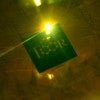
When graphene speaks, scientists can now listen
Brothers working in a lab at Rice University discover that sound can be used to analyze the properties of laser-induced graphene in real time.

When graphene speaks, scientists can now listen
Brothers working in a lab at Rice University discover that sound can be used to analyze the properties of laser-induced graphene in real time.
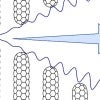
Nanotube fibers stand strong -- but for how long?
A Rice University study calculates how cyclic strain and stress affects nanotubes and describes how fibers under cyclic loads can fail over time.
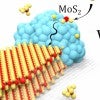
Nickel’s need for speed makes unusual nanoribbons
It’s now possible to quickly make ultrathin nanoribbons of molybdenum disulfide, with a speedy nickel nanoparticle leading the way.

Rice’s Technology Development Fund backs faculty projects
Nine projects proposed by Rice researchers have been granted seed funding by Creative Ventures' Technology Development Fund.
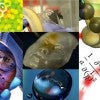
Welch Institute names Sir Anthony Cheetham, Kristin Persson to Scientific Advisory Board
The Welch Institute for Advanced Materials names Sir Anthony Cheetham and Professor Kristin Persson to its Scientific Advisory Board.
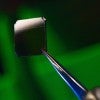
Ultrathin solar cells get a boost
Rice University engineers boost the efficiency while retaining the toughness of solar cells made of two-dimensional perovskites.
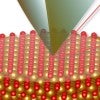
Magnetene’s ultra-low friction explained
Rice scientists help make the first measurements of ultra-low friction in 2D magnetene.
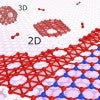
Weak bonds a strength in making borophene
Rice University researchers show how borophene, the 2D form of boron, can be grown to simplify its use for applications.
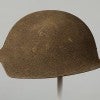
Rice tapped to develop 3D-printed ‘smart helmets’ for the military
Rice University researchers have embarked upon a project to build the first printable “smart helmet” with funding from the Department of Defense.
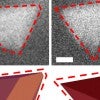
This pyramid scheme could be helpful
Rice chemists uncover the mechanism behind controlled growth of gold tetrahedron nanoparticles using liquid cell transmission electron microscopy.
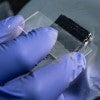
Anticorrosion coating sets new benchmark
Rice engineers adapt a compound to serve as a universal anticorrosive coating for steel.
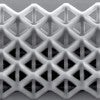
Nanoscale lattices flow from 3D printer
Rice University engineers are printing 3D lattices of glass and crystal with sub-200 nanometer resolution. The technique could make it practical to print micro-scale electronic, mechanical and photonic devices.

People, papers and presentations for Oct. 11, 2021
People, papers and presentations for Oct. 11, 2021

American Chemical Society honors Gustavo Scuseria
Rice University’s Gustavo Scuseria wins the American Chemical Society Award in Theoretical Chemistry.
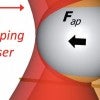
Tweezer grant pleases Rice researchers
Rice researchers have won an NSF grant to acquire a sophisticated optical tweezer microscope to manipulate, measure and monitor micron-scale particles.